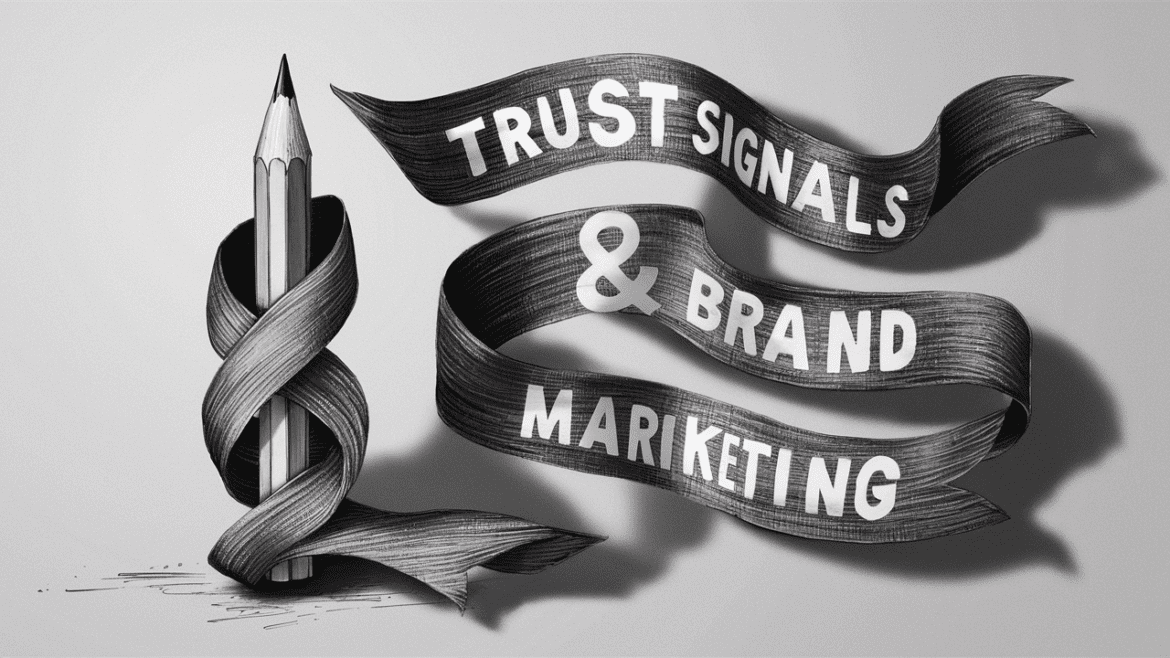Building Trust Through Brand Trust Signals
https://www.kraabel.net/wp-content/uploads/2024/06/a-captivating-black-and-white-sketch-of-a-pencil-a-_zMGKY6QySIO7LbUUy5qw-q9dkoSW5SiW91MBbVaeAgw-1024x576.png 1024 576 Michael Kraabel Michael Kraabel https://www.kraabel.net/wp-content/uploads/2024/06/a-captivating-black-and-white-sketch-of-a-pencil-a-_zMGKY6QySIO7LbUUy5qw-q9dkoSW5SiW91MBbVaeAgw-1024x576.pngTrust signals are the various indicators and cues a brand uses to convey its reliability, credibility, and authenticity to its audience. These signals help build confidence and trust among potential and existing customers, influencing their decision-making process. Establishing and maintaining trust with customers is critical for the success of any brand. These signals can significantly…
read more












